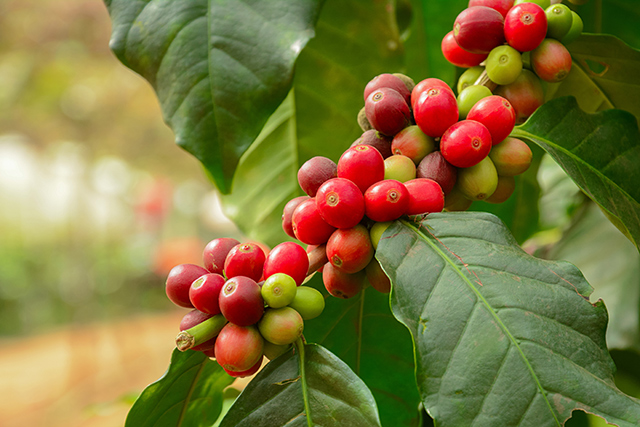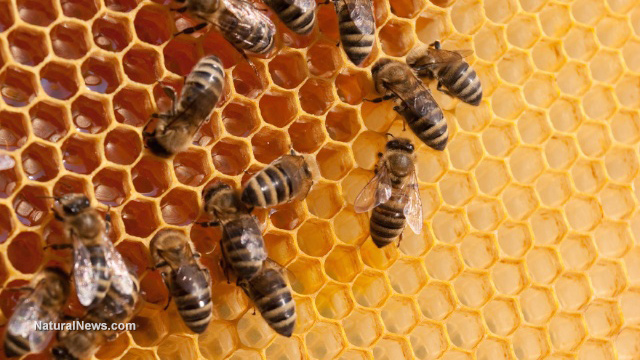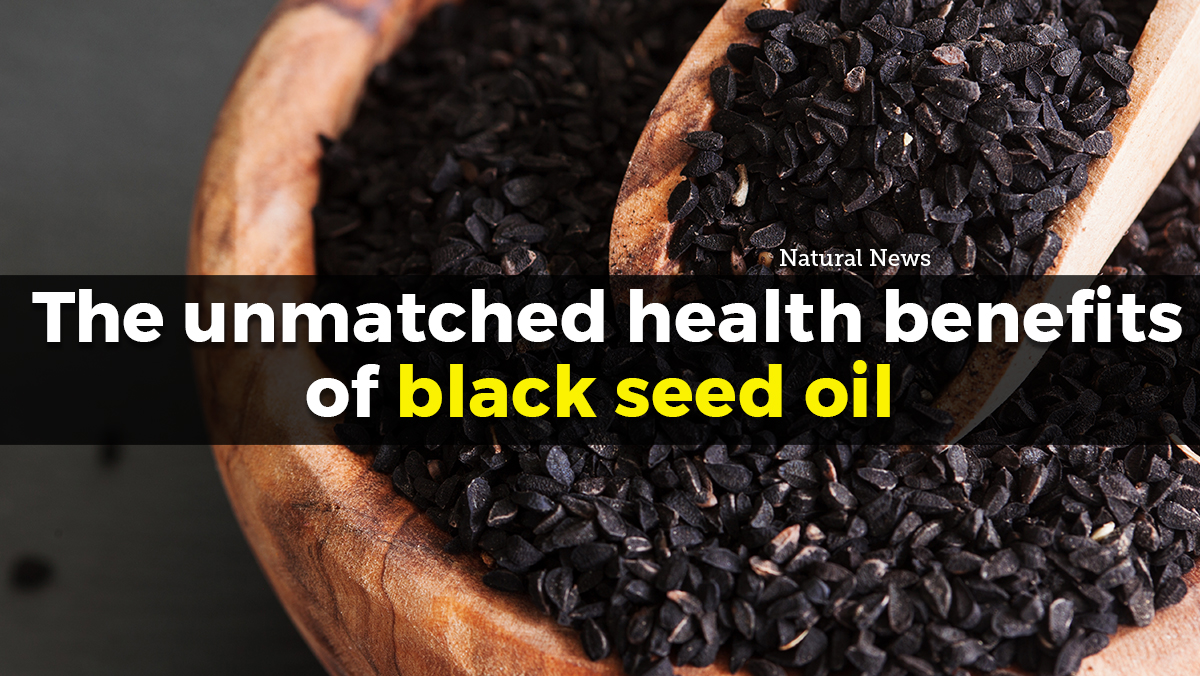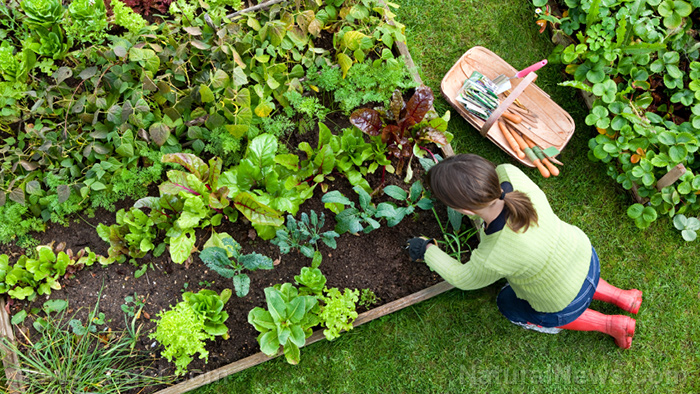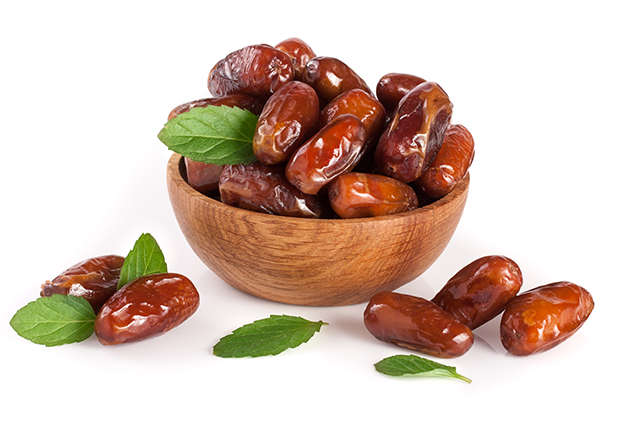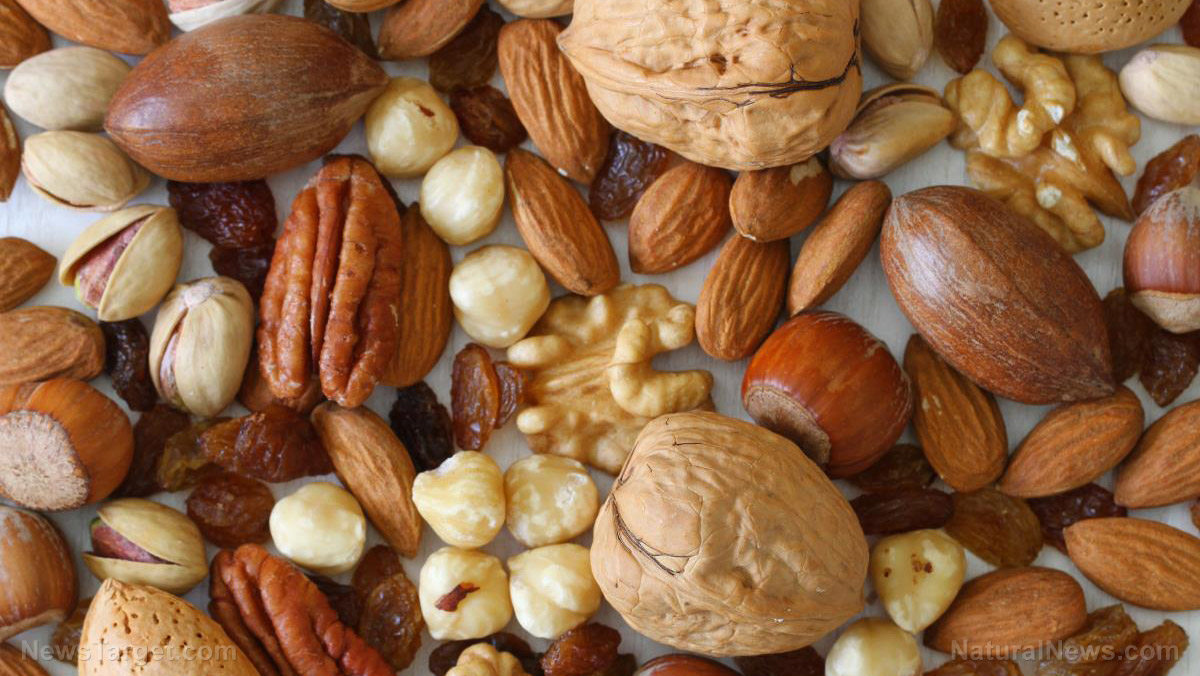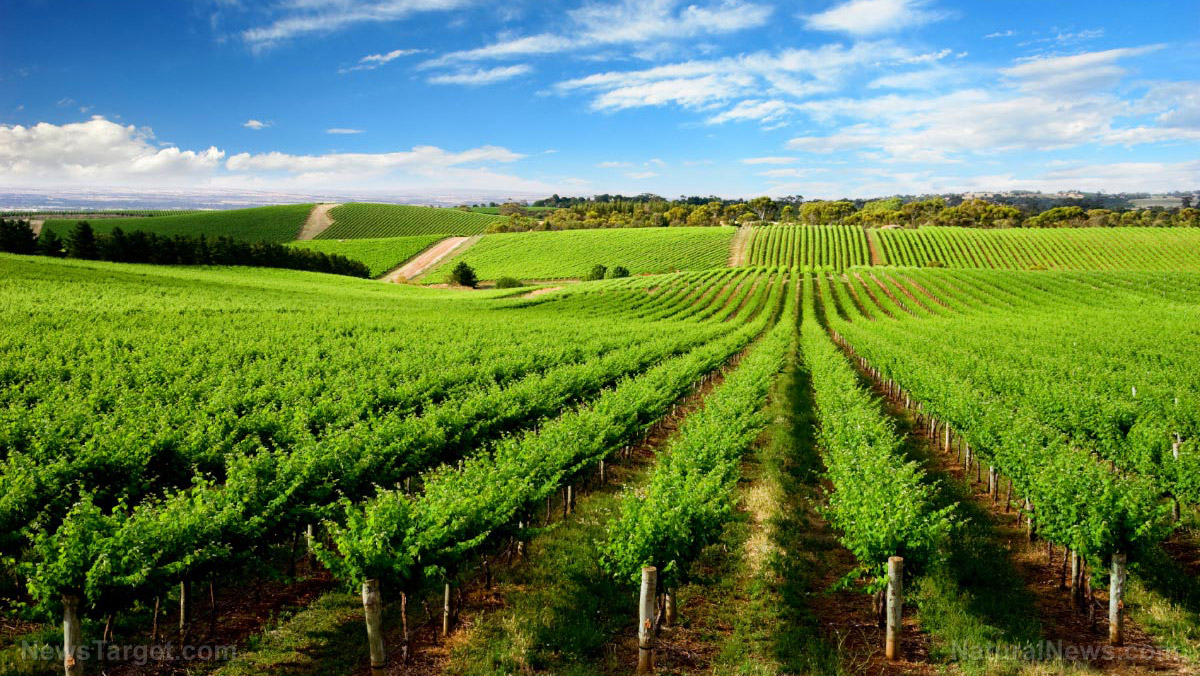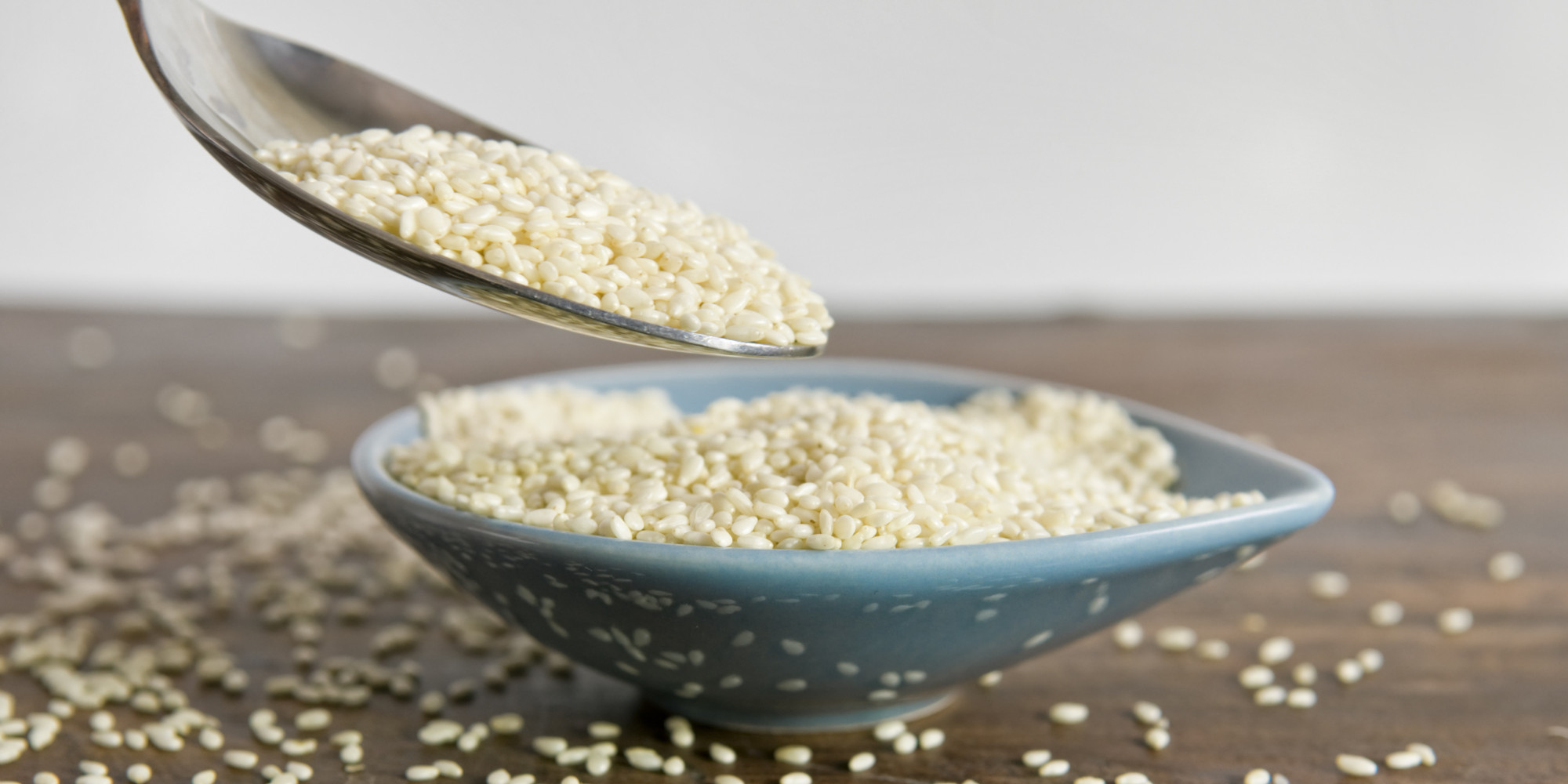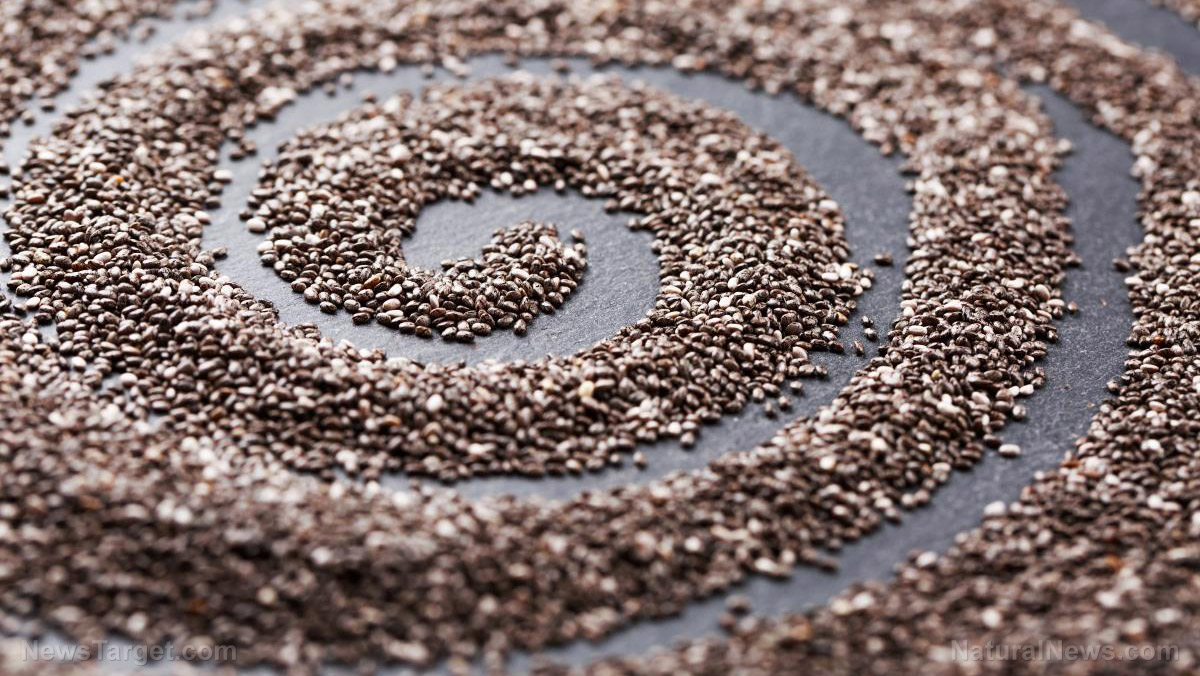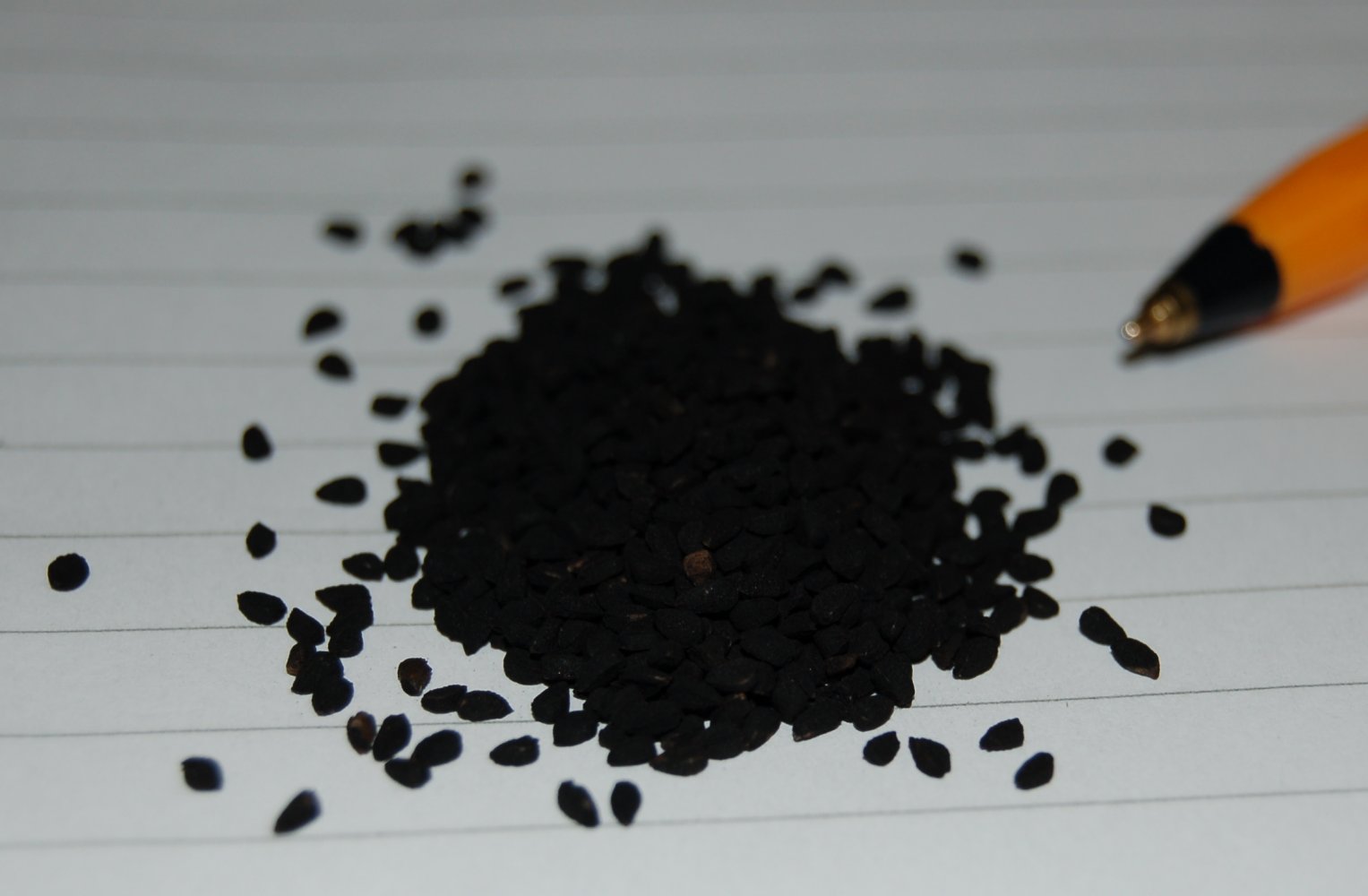A recent Mexican study suggested that coffee plants and other crops can flourish even without chemical fertilizers. All they need is healthy soil with the right combination of native fungi that act as biofertilizers, increasing the amount of phosphorus in the soil and the plant’s rate of absorption.
The researchers identified two particular groups of fungi that are commonly found in the soil and show promise as natural fertilizers for crop growth.
The first group are called arbuscular mycorrhiza (AM), symbiotic fungi from the phylum Glomeromycota. Their spores start in the soil but eventually become part of the roots of many vascular plants, where they absorb nutrients from the soil and give it to their hosts in exchange for carbon.
The second group are the phosphate-solubilizing fungi (P-solubilizing fungi), soil-borne molds that increase the solubility of phosphorus in the soil. They accomplish this through the production of enzymes that liberate the nutrient from organic phosphates.
Phosphorus is an important bionutrient that plays a large role in plant growth and development. While it is found in the soil, plants usually encounter difficulty in absorbing it, necessitating the use of chemical fertilizers.
Given the characteristics of the two fungal groups, it stood to reason that a combination of AM and P-solubilizing fungi would provide larger amounts of phosphorus to local plants. The increased nourishment would result in improved growth and development.
To this end, the researchers performed an experiment where they evaluated the effects of the two fungi groups acting on their own and in concert. They chose coffee plants (Coffea arabica L.) as their test subject since the roots of the plant hosts AM populations.
Researchers tried out several different combinations of fungi
In the study, coffee plants were cultivated in a controlled environment before being divided into several groups. One group was set aside to serve as the control for the experiment, while the others received a randomly-assigned inoculation of at least one type of fungal strain.
- Arbuscular mycorrhiza (AM)
- Aspergillus niger
- Penicillium brevicompactum
- A. niger + P. brevicompactum
- AM + A. niger
- AM + P. brevicompactum
- AM + A. niger + P. brevicompactum
Both the AM and P-solubilizing fungi are naturally found in the soil. They also belong to some of the most prevalent genus of fungi around the world.
During the eight months of the trial period, researchers paid particular heed to three parameters: The levels of phosphorus in the soil, acid phosphatase activity in the rhizosphere, the growth and development of coffee plants in each group. (Related: Phosphorus from fertilizer runoff is polluting freshwater sources all over the world.)
Tag team of AM and P-solubilizing fungi boost phosphorus levels, plant growth
According to the study, the A. niger + P. brevicompactum treatment group demonstrated the highest concentration of phosphorus. It also showed the highest level of acid phosphatase activity in the rhizosphere.
Acid phosphatase action also increased in the roots of coffee plants that received A. niger, AM + A. niger, and AM + A. niger + P. brevicompactum treatments.
Researchers also measured the levels of phosphorus found in the plant’s foliage. The foliar phosphorus concentrations were significantly higher for arbuscular mycorrhiza, AM + A. niger, AM + A. niger + P. brevicompactum, AM + P. brevicompactum, and A. niger + P. brevicompactum treatments.
The coffee plants in the groups that received both arbuscular mycorrhiza and at least one of the P-solubilizing fungi showed improved growth and development.
The researchers recommended additional research on other native fungal strains that could serve as organic fertilizers. These new candidates could prove more effective than the AM and P-solubilizing fungi depending on the environmental conditions present in their home region.
Sources include:
Science.news
Link.Springer.com
NCBI.NLM.NIH.gov
Hindawi.com

